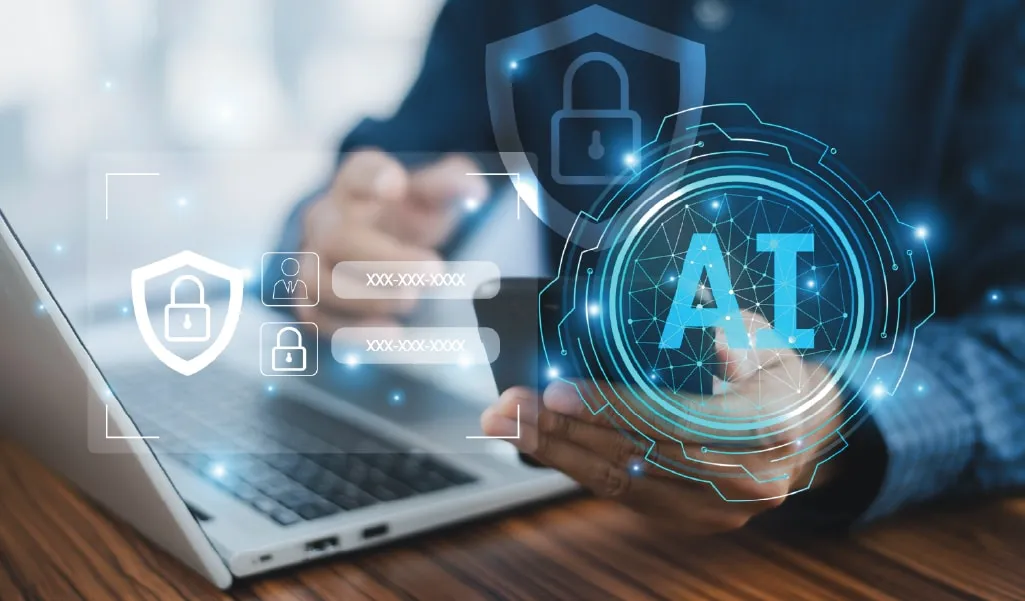The world is navigating a seismic shift in the way work is done, driven by technological acceleration, demographic transitions, and an escalating global labor shortage. At the intersection of this transformation is the urgent need for upskilling—particularly in fields like Artificial Intelligence (AI) and Cybersecurity.
Organizations across every sector are grappling with the same dilemma: the talent supply is not keeping pace with the evolving demands of digital infrastructure, automation, and data security. Amidst this skills gap, strategic investment in upskilling has become not just an HR initiative—but a survival imperative.
This transformation is redefining what it means to be employable, what industries must prioritize, and how societies can future-proof their workforce in an era dominated by AI and cyber threats.
Part 1: Understanding the Labor Shortage Crisis
Demographic & Economic Pressures
Many developed countries are facing aging populations, shrinking birthrates, and post-pandemic workforce attrition. Retirements are accelerating, and fewer young workers are entering industries that now require high-tech literacy and adaptability.
At the same time, traditional education systems are struggling to keep up with real-time market demands. Jobs in cybersecurity, AI engineering, machine learning operations, and digital infrastructure remain vacant for months—sometimes years—because qualified candidates are scarce.
Digitalization Driving Demand
The global acceleration toward digital services, remote work, and cloud computing has inflated the demand for cybersecurity experts, AI architects, data scientists, and machine learning engineers. But these are not roles that can be easily filled—they require a deep foundation of technical skills, problem-solving ability, and continuous learning.
This creates a vicious cycle: the more companies digitize, the more vulnerable they become to threats, and the more they require specialized talent they can’t find.
Part 2: The Case for Upskilling
Redefining Workforce Readiness
Upskilling refers to the targeted training and development of existing employees or job seekers to prepare them for the jobs of tomorrow. In the context of AI and cybersecurity, it involves learning how to build, deploy, and manage intelligent systems or defend networks against evolving threats.
The beauty of upskilling is its flexibility—it can happen on the job, through online courses, bootcamps, certifications, or hybrid models, making it accessible to people from different backgrounds and levels of experience.
Strategic Benefits for Companies
Companies that invest in upskilling enjoy significant advantages:
- Reduced turnover: Employees are more likely to stay when they see a growth path.
- Talent Resilience: Internal Training Builds Talent Pipelines.
- Competitive edge: Companies with in-house AI and cybersecurity talent can innovate and defend more rapidly.
- Cost efficiency: Upskilling is often more cost-effective than recruiting highly specialized external talent.
Part 3: AI and Cybersecurity—Twin Pillars of the Future
Artificial Intelligence: More Than Just Coding
AI is transforming industries ranging from healthcare and finance to manufacturing and logistics. But AI upskilling isn’t only about programming algorithms—it also includes:
- AI ethics and bias mitigation
- Natural language processing
- Data modeling and analysis
- AI-powered automation tools
Non-technical roles such as project managers, product designers, and marketers increasingly need a working knowledge of AI systems and their implications.
Cybersecurity: The First Line of Defense
Nowadays, cybersecurity is a company-wide priority rather than merely the purview of IT departments.With increasing attacks on critical infrastructure, ransomware targeting small businesses, and data breaches impacting millions, cybersecurity awareness is essential at every level.
Upskilling in cybersecurity covers:
- Threat detection and prevention
- Risk assessment
- Cloud and network security
- Incident response
- Cyber hygiene for all employees
Even roles outside traditional IT, like HR, finance, and legal, benefit from cybersecurity training to ensure they don’t become the weakest link.

Part 4: The Role of Government and Institutions
Policy Incentives & Public-Private Partnerships
To address the workforce gap, many governments are investing in AI and cybersecurity training programs, offering tax credits, scholarships, apprenticeships, and retraining grants to employers and workers alike. Public-private partnerships are also emerging as essential vehicles for scalable training.
Colleges and universities are modernizing curricula to include more interdisciplinary programs—combining ethics, law, business, and technology to create well-rounded professionals.
Lifelong Learning Culture
Upskilling is not a one-time activity. In a world where tech evolves constantly, the workforce must adopt a lifelong learning mindset. This requires:
- Modular, stackable certifications
- Microlearning platforms
- Skill-based hiring over degree-based hiring
- Recognition of alternative credentials
Governments, corporations, and educational institutions must work in sync to build ecosystems that recognize diverse learning pathways and outcomes.
Part 5: Challenges and Opportunities
Key Challenges
- Accessibility: Not everyone has access to high-speed internet, time, or financial resources to upskill.
- Skills mismatch: Training programs may not align with actual job requirements.
- Burnout: Workers already under pressure may resist additional responsibilities.
- Trust barriers: Some employees fear automation will replace them—rather than empower them.
Opportunities for Innovation
- AI instructors and gamified learning can tailor the educational experience.
- Apprenticeship models offer real-world experience while earning.
- Corporate learning hubs can fast-track role-based skill development.
- Diversity initiatives can bring underrepresented groups into high-demand sectors, closing both gender and equity gaps.
Part 6: A Future-Ready Workforce
The workforce of tomorrow will not just be tech-savvy—it will be AI-literate, security-conscious, agile, and collaborative. The intersection of AI and cybersecurity isn’t just about solving technical problems—it’s about securing the future of work, trust, and innovation.
Upskilling is the thread that binds business continuity, employee empowerment, and economic resilience. And in a world defined by accelerating change, the most sustainable competitive advantage may be a workforce that never stops learning.
FAQs: Upskilling in AI & Cybersecurity
Q1: What is the difference between upskilling and reskilling?
Upskilling means enhancing current skill sets for growth within the same or adjacent field. Reskilling refers to learning new skills for a completely different job. Both are crucial responses to technological change.
Q2: Can non-tech professionals upskill in AI or cybersecurity?
Absolutely. Many upskilling programs are designed for non-technical backgrounds. Roles in project management, operations, and business strategy often require AI and cybersecurity awareness without deep coding knowledge.
Q3: How long does it take to upskill in these fields?
This varies. Introductory certifications or bootcamps may take a few weeks to months, while deeper roles like AI engineering or cybersecurity analyst may require 6–12 months or more of dedicated learning.
Q4: Are certifications enough to get hired?
Certifications are valuable, especially when paired with practical experience, such as hands-on labs, internships, or real-world projects. Many employers now value skill portfolios over traditional degrees.
Q5: What roles are available after upskilling?
Some common roles include:
- AI: Data analyst, AI product manager, ML engineer, AI ethics officer
Cybersecurity: Security analyst, penetration tester, cloud security specialist, SOC operator




